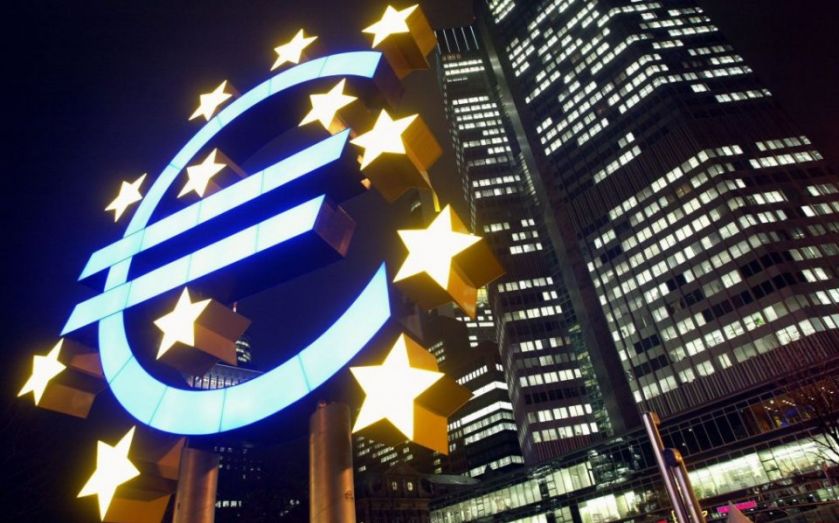Q&A: Why has the euro suddenly ended its expected decline?

Q How far has the euro fallen?
A If you were to buy a euro using dollars, you would only need about $1.14. In September last year you would have needed to pay $1.30. It marks a loss in value against the dollar of around 12 per cent. Yet for the last few months, the euro appears to have bottomed out and has been hovering above $1.10.
Q Why did the euro start losing value against the dollar?
A In September the Eurozone was at risk of entering a third recession since the financial crisis and a collapse in oil prices threatened to pull inflation into negative territory. This led to expectations that the European Central Bank, which controls the Eurozone’s monetary policy, was going to launch new stimulus measures. One of those was quantitative easing (QE), a policy where the central bank makes new euros and uses them to buy things, pumping money into the system. Currencies are like any other commodity – increasing the supply can weigh on the price.
Q How far did economists expect the euro to fall?
A Because new euros were, and still are, being pumped into the financial system, it was expected to continue becoming cheaper, with some suggesting it would fall below parity. That is, the euro’s price in terms of dollars was expected by many to fall below one dollar.
Q Why did this not happen?
A Suppose it was expected that the price of petrol was going to climb rapidly next week. People would bring forward their purchases to today to avoid tomorrow’s expensive rate. But this extra demand is in itself enough to raise today’s price. So market prices are affected not just by supply and demand today, but by what we expect supply and demand to be in future. The same thing appears to have happened with the euro. QE has stopped pulling the euro down because it is already priced in. Markets saw QE coming and started to price euros differently. Even when QE was announced in March, it was widely expected by markets.
Q What next for the euro?
A If the price of the euro is being dominated by what monetary policy is expected to do, then it is reasonable to assume it will fail to fall below one dollar, says Dr James Nixon from Oxford Economics. Markets currently expect the first European rate hike in 2018, but Nixon thinks it will come earlier, based on the Eurozone’s current recovery. So long as policy stays its current course, there’s every reason to think the euro has as much chance of going up, rather than down. One shock could be Greece. If Greece suffers a messy exit from the Eurozone this could have wider economic consequences, and could tempt the ECB to up its QE.